Capital Trails Coalition
Washington, D.C.’s Anacostia River Trail | Photo by Tim Ervin, courtesy Friends of Kenilworth Aquatic Gardens
Vision
A Capital Trails Network Model for the Nation
The Capital Trails Coalition (CTC) seeks to create a world-class network of multiuse trails that are equitably distributed throughout the Washington, D.C. metropolitan region. The regional trails network will transform public life by providing healthy, low-stress access to open space and reliable transportation for people of all ages and abilities.
A well-connected regional trails network promises to help transform public life by linking diverse communities, promoting personal and environmental health and building sustainable local economies—providing opportunities for quality active-transportation opportunities that work for everyone across the region’s diverse cities, suburban corridors and rural communities.
There is no better place than D.C.—which gets the attention of millions of tourists each year, as well as national leaders—to create a model of success to be replicated in other communities.
Stories About Capital Trails
View More Blogs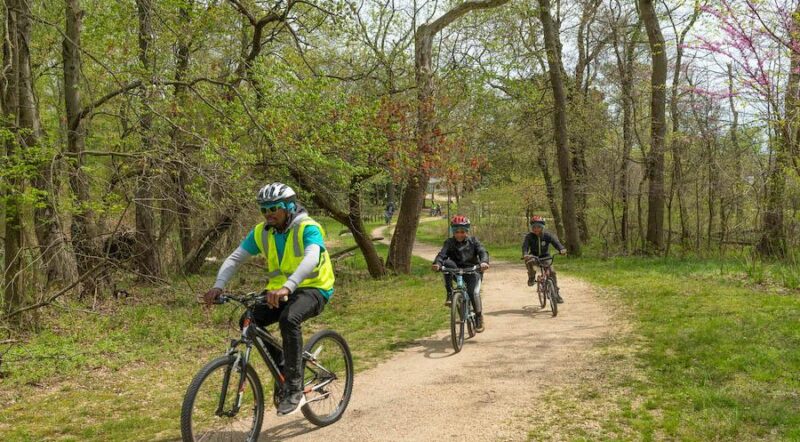
Regional Partnership Secures $25 Million Federal Grant for Massive Investment in Trail Network
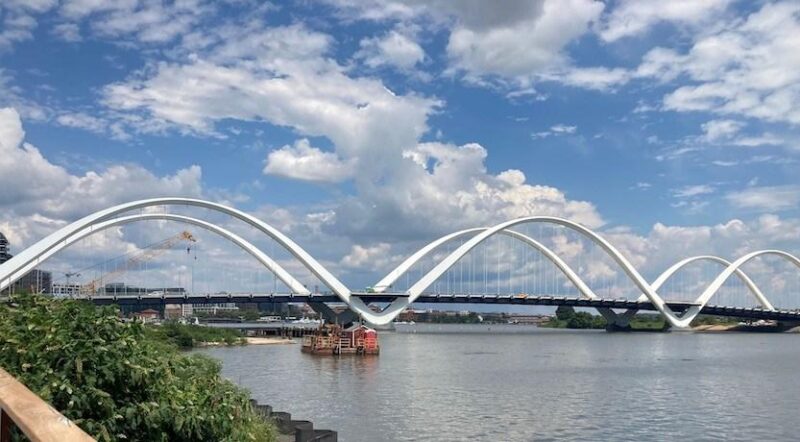
Trail Moments | A Journey Along the Anacostia River Trail

Top 10 Trails in Washington, DC
Explore the Network Footprint
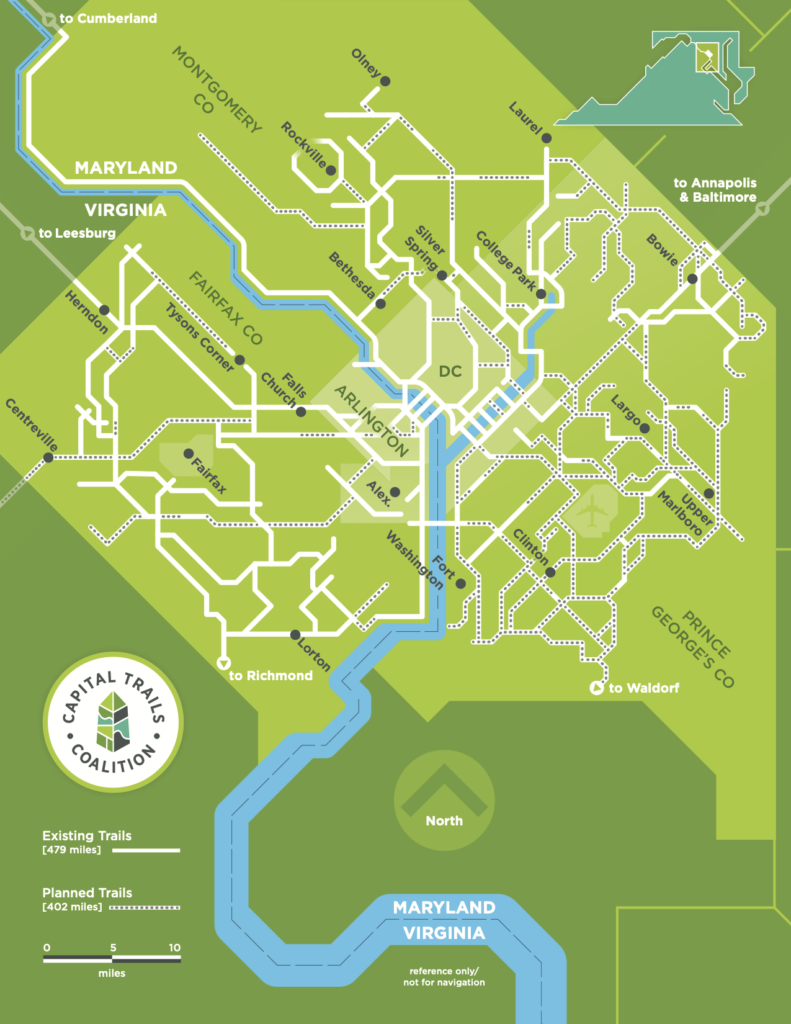
While the full corridors and route plan are still under development, many core spines of the Capital Trails Coalition (CTC) regional trails network are complete and will serve as the superstructure upon which the rest of the network is linked. They include trails and trail connectors in the following locations:
- Two counties in Maryland: Montgomery and Prince George’s
- Washington, D.C.
- Three jurisdictions in Virginia: City of Alexandria, Arlington County, Fairfax County
Core Spines of the Network
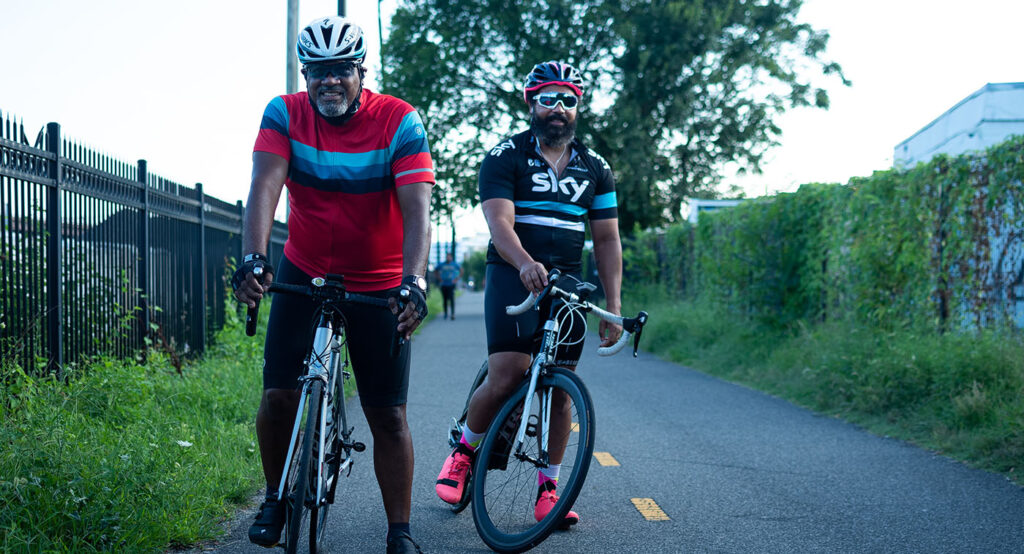
The National Park Service’s Paved Trail Plan for the National Capital Region also serves as a blueprint for connecting existing and planned trails in the region and is at the core of the regional trails network.
Core spines of the regional trails network include:
- The 11-mile Capital Crescent Trail, which connects Georgetown in D.C. to Bethesda, Maryland
- The 8-mile Met Branch Trail, an important trail-to-transit commuting route that runs through several underserved communities as it makes its way from Union Station in D.C. to Silver Spring, Maryland
- The 45-mile Washington and Old Dominion Railroad Regional Park trail, which runs from urban Arlington to Purcellville in Virginia and helps make up the western portion of the network
- The 18-mile Mount Vernon Trail, a central segment of the network, which follows the George Washington Memorial Parkway from Alexandria south to George Washington’s residence at Mount Vernon
- The 13-mile Washington, Baltimore and Annapolis (WB&A) Trail, which stretches toward Baltimore in Prince George’s and Anne Arundel counties
Anacostia River Trail
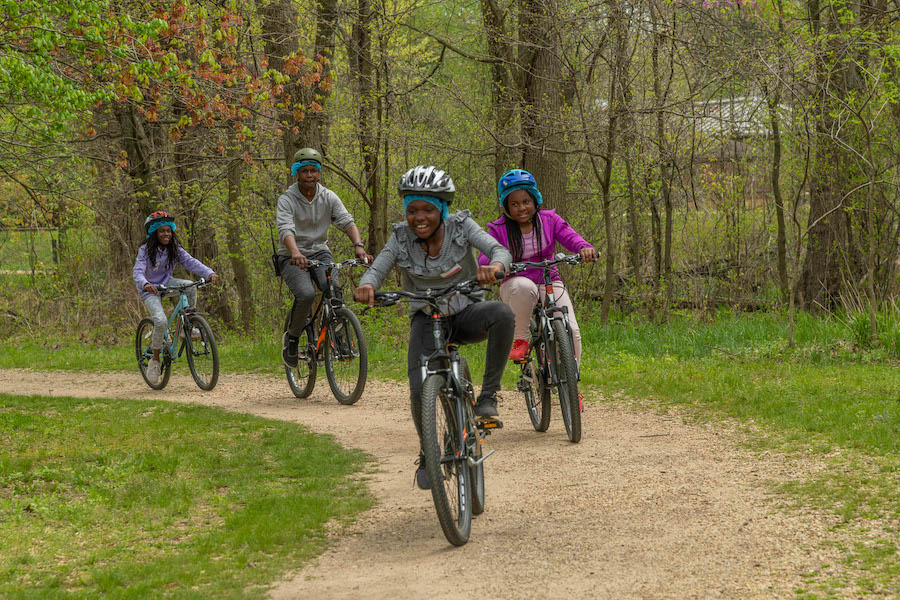
One of the first major trails to open since the coalition has formed is the Kenilworth section of the Anacostia Riverwalk Trail, a 4-mile segment that will connect the 15 miles of the trail in D.C. to more than 40 miles of the Tributary Trails in Prince George’s County, Maryland. That means that the tens of thousands of people that live in the suburbs to the northeast of D.C. can now safely walk or bike into the city on separated multiuse trails.
A Regional Impact
By building a world-class trails network in Washington, D.C., the CTC seeks to deliver smart transportation, strong economic growth, healthy people and social equity throughout the region, and to create a national model for other communities. Read more about how the project will make a lasting impact.
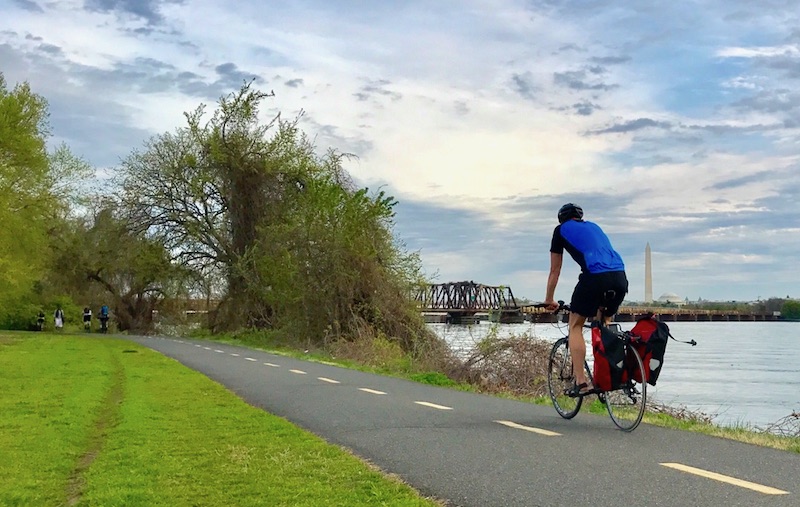
Achieving the Capital Trails Vision
The CTC formed in November 2015 with a mission to move the 800-mile trail network vision forward to completion and held a public launch in October 2016 on the Mount Vernon Trail in Washington, D.C. The coalition also developed a steering committee and three working groups, and established governance structures and a regional brand identity.
The coalition has begun to define the trail system footprint and establish criteria for inclusion in the network. Over the next few years, the coalition will continue to identify trail funding sources, broaden its base of support and establish the project as a regional priority.
The trail network is a key strategy in an effort to create a healthier, more connected region. RTC developed an estimate of the cost to complete the Capital Trails Network, which is an important step in supporting the trail network’s development and providing safe access to reliable transportation and open space for the more than 6 million people in the region. The cost estimate will help to guide the investment of public and private resources in developing the trail network.
The Economic, Health, and Environmental Benefits of Completing the Capital Trails Network
Check out this report to learn about the economic, health and environmental benefits that the 881-mile developing trail network will have in communities across the D.C. metro region.

A Broad Regional Partnership


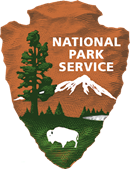
Founding partners for the CTC include the Washington Area Bicyclist Association, Rails-to-Trails Conservancy and the National Park Service. The coalition also includes more than 40 public and private organizations and agencies—as well as citizen volunteers—and is supported by REI, who has committed $500,000 through their Rewilding Projects initiative.
Get Involved
Local, regional or state level (D.C., Maryland, Virginia) organizations—nonprofit, private sector or public sector—are encouraged to join the coalition’s efforts. For updates on the project or to learn how you can help make the project a reality, join the Capital Trails Coalition mailing list.